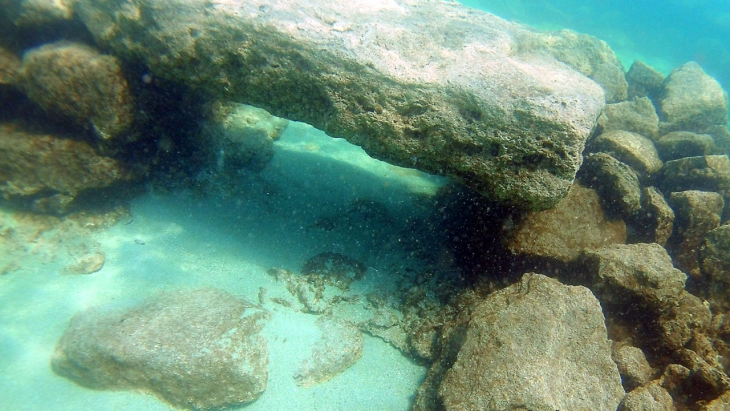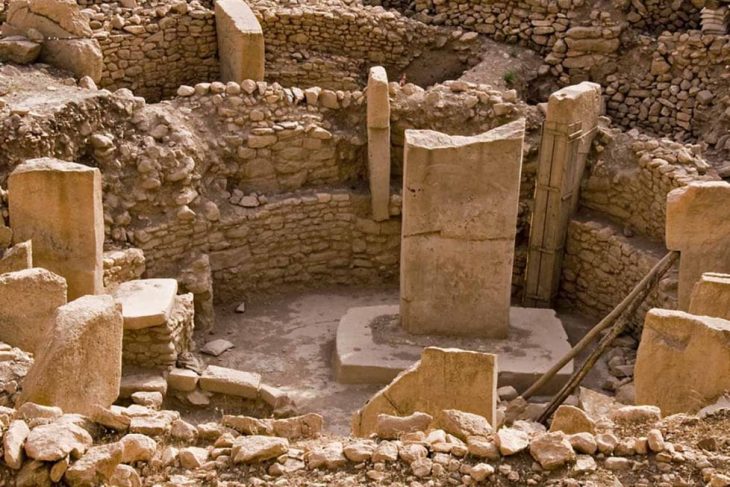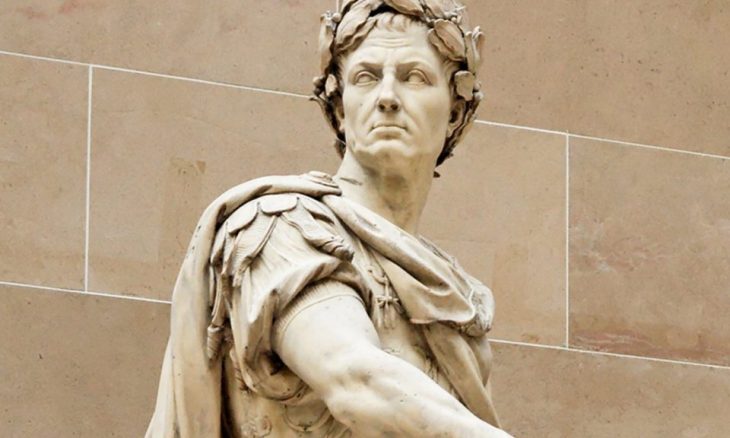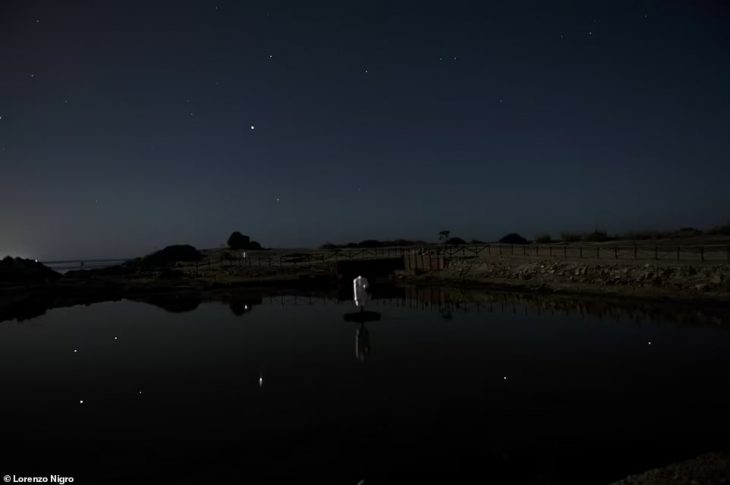More than 50 pairs of tweezers were found during the major excavation in Wroxeter City, Shropshire, one of the largest settlements in Roman Britain.
Wroxeter Roman City, Shropshire or Viriconium Cornoviorum as it was originally known – is one of the most well-preserved Roman cities in Britain and was as large as Pompeii in its heyday.
The discovery of a beauty tool during the massive dig at Wroxeter City, Shropshire – one of Roman Britain’s largest settlements – suggests that Roman men were obsessed with plucking their armpit hair.
Beauty is pain – or at least it certainly was for the Romans, whose obsession with cleanliness and public image dominated a large portion of their daily lives. The Romans were devoted to communal bathing, going to the baths on a daily basis, and many would have had their own personal cleaning set, which would have included an ear scoop, nail cleaner, and tweezers.
Tweezers were used for more than just removing brow hair, as we might imagine today. Roman Britons preferred a clean-shaven appearance to distinguish themselves from the “barbarians” and to follow the fashions in Rome. Hair-plucking, however, was a painful business that was frequently performed by slaves.
English Heritage has announced that it will exhibit artifacts in a renovated museum that opened on May 25. “From painful waxes to irritating shaves, we can trace the modern obsession with hair removal back to the Romans,” it said.

More than 400 objects, including items that shed light on bathing and beauty practices in Roman Britain, will be displayed at Wroxeter Roman City in Shropshire.
Cameron Moffett, English Heritage’s curator for the Wroxeter site, said a strikingly large number of tweezers had been found there. “We do have an amazing number,” she said.
‘It is one of the largest collections of this item in Britain, indicating that it was a popular accessory. The advantage of the tweezer was that it was safe, simple, and cheap, but unfortunately not pain-free.”

“It may come as a surprise to some that in Roman Britain the removal of body hair was as common with men as it was with women. Particularly for sports like wrestling, there was a social expectation that men engaging in exercise that required minimal clothing would have prepared themselves by removing all their visible body hair.”
During the digs, other grooming supplies from the era, including an ear scoop and nail cleaner, were discovered. Additionally, glass perfume, bath oil, and even makeup applicator bottles were found.
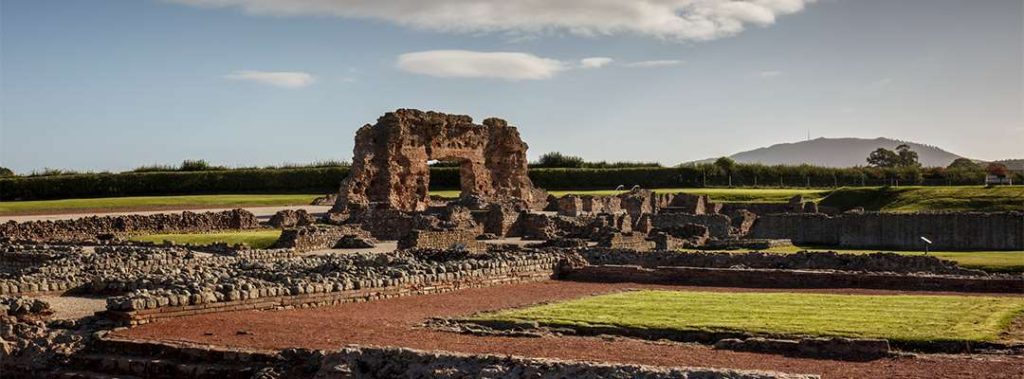
Archaeological excavations at Wroxeter Roman City, have uncovered the monumental buildings at its heart; the forum – where laws were made, the market (macellum) – where shoppers bought exotic goods, the bath-house basilica (large hall) – which acted as a community centre, a place of education, an office and a shopping centre all in one, the bathhouse itself – where they bathed and socialised, and finally the townhouses – there were a high number of wealthy residents at Wroxeter living across the city in over one hundred large townhouses.
The Wroxeter Roman City and Museum was open to the public on Thursday, May 25.


